If you develop an itchy, inflamed rash, you may be told you have eczema. But that label doesn’t tell the whole story, because eczema refers to a handful of related but distinct conditions. To best manage your symptoms, it’s important that you — with the help of a healthcare provider — identify which type of eczema you have. Here are the six primary types to know about.
Atopic
Dermatitis
Although sometimes described as a childhood disease, atopic dermatitis (AD) can emerge in anyone at any age. An estimated 16.5 million U.S. adults live with this form of eczema. Its symptoms range from dry and itchy skin to bleeding, oozing and scaling, as well as eye problems. Triggers, such as hot or cold weather, tobacco smoke or fragrances, can cause these symptoms to flare up. Identifying them and working to reduce your exposure is key to an effective management plan. Your healthcare provider can also recommend topical medications to relieve symptoms.
Contact
Dermatitis
Touching something irritating, either just once or repeatedly over time, can lead to contact dermatitis (CD). The long list of potential triggers ranges from poison ivy to preservatives to frequent handwashing. CD can start out as an itch, followed by a rash that may involve blisters. In extremely rare cases, it can lead to a life-threatening allergic reaction. Treatment typically involves avoiding triggers, as well as the use of medications applied to the skin or taken by mouth.
Dyshidrotic
Eczema
Intensely itchy, painful blisters on the hands and feet are hallmarks of dyshidrotic eczema. These symptoms can flare up just once and disappear or become a chronic, life-long disorder. Severe dyshidrotic eczema can make it difficult to walk or use your hands. As with some other types of eczema, there is no cure, however, it is possible to manage symptoms by avoiding triggers. Some medications can also help treat this type of eczema.
Nummular
Eczema
Nummular also involves a distinctive rash, in this case raised, coin-shaped patches on the arms, hands, and legs. It flares up after exposure to typical eczema triggers, such as stress or irritating substances. But nummular eczema can also emerge as a side effect of an infection or medications that cause extremely dry skin. It is treated by helping your skin retain water through moisturizers and other measures, as well as by avoiding irritants and through the use of medications.
Seborrheic
Dermatitis
Best known as dandruff, seborrheic dermatitis can also cause a scaly, flaky rash on the face and other places where skin can be oily. In addition to common eczema triggers, HIV and neurological conditions such as Parkinson’s disease can make someone more prone to it. An over-the-counter dandruff shampoo may help a flaking scalp, while prescription strength shampoos or topical treatments may be used for more severe symptoms.
Stasis
Dermatitis
Unlike other types of eczema, the skin irritation seen in stasis dermatitis results from another problem: poor blood flow. Changes in the veins of the legs slow the return of blood to the heart. As a result, the legs and ankles may swell, and skin can become dry, irritated and itchy, especially over varicose veins. Treatments include measures to improve blood flow, such as compression stockings and elevating the legs. Medications may help relieve swelling and itch.








